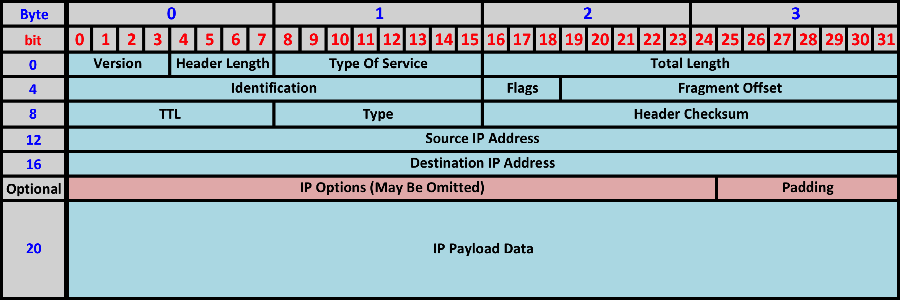




|
Please submit the essay question(s) in Blackboard in Homework 6 (Essay Questions) as a typed Microsoft Word file or a PDF file. No other forms of submission will be accepted. |
Given that a frame is formatted as follows:
And given that an IP datagram is formatted as follows:
And given that a UDP datagram is formatted as follows:
And given the following frame with an encapsulated IP datagram and UDP datagram:
|
Please submit the numerical question(s) on Blackboard in Blackboard in Homework 6 (Numerical Questions) No other forms of submission will be accepted. |